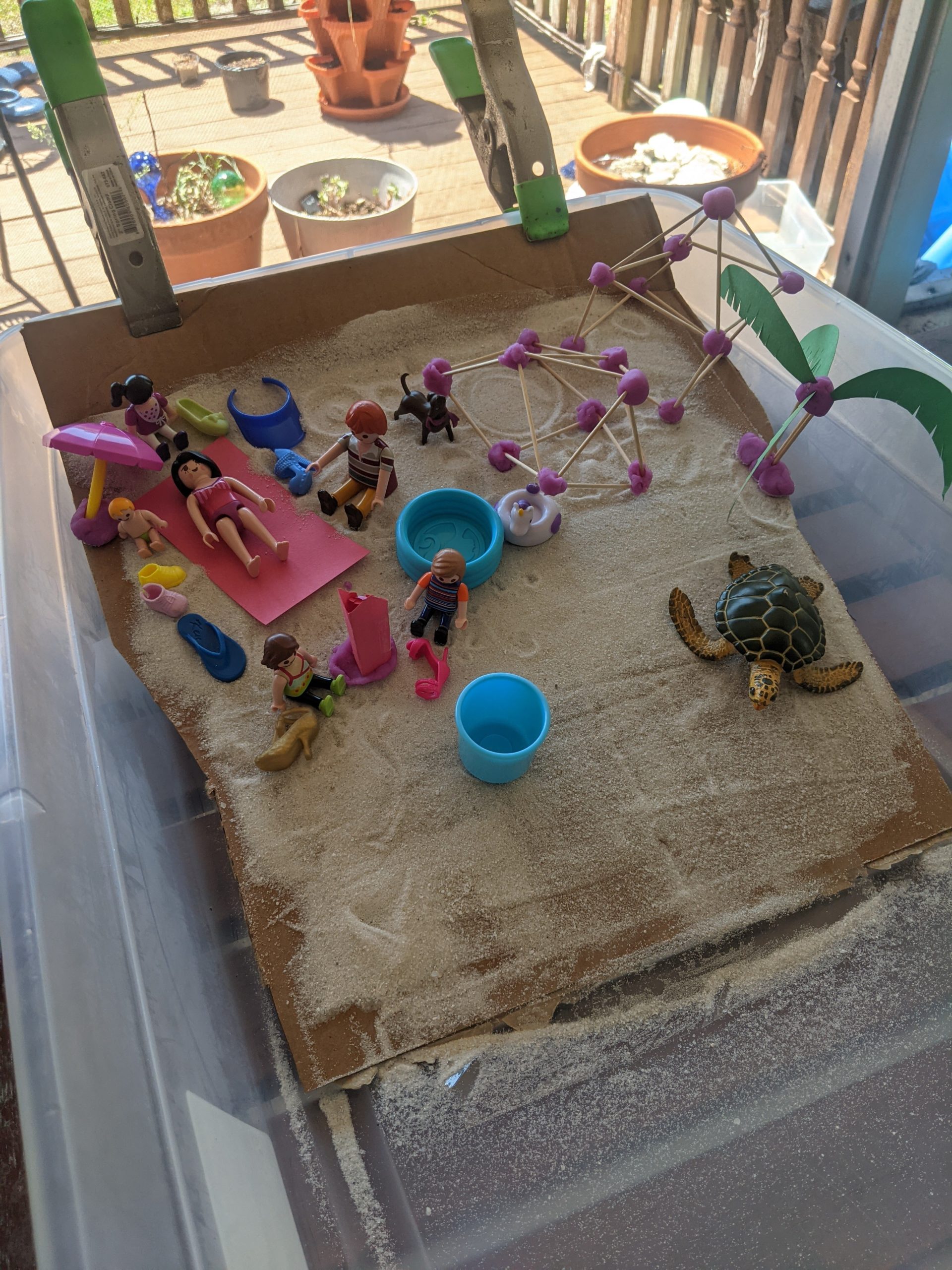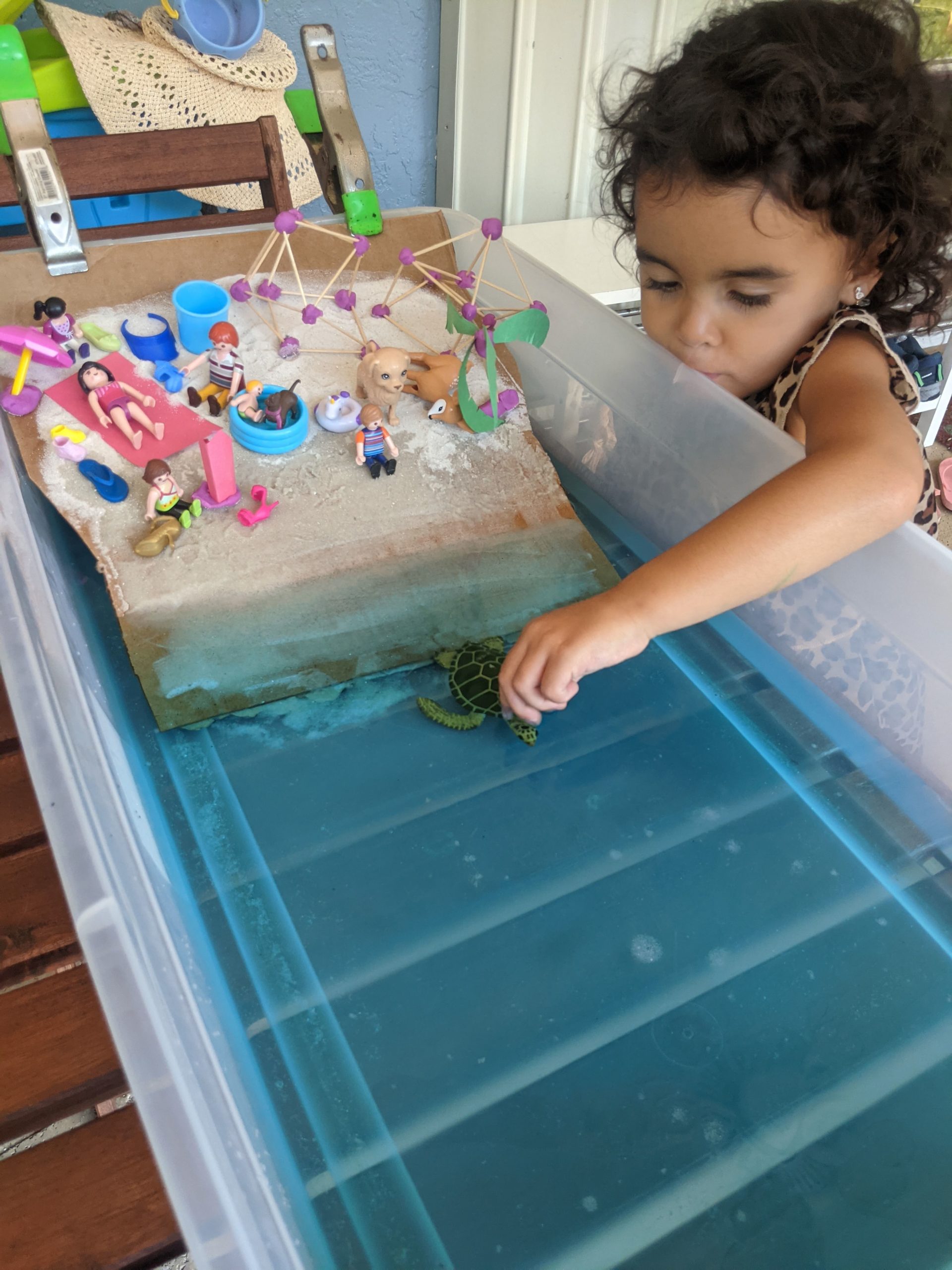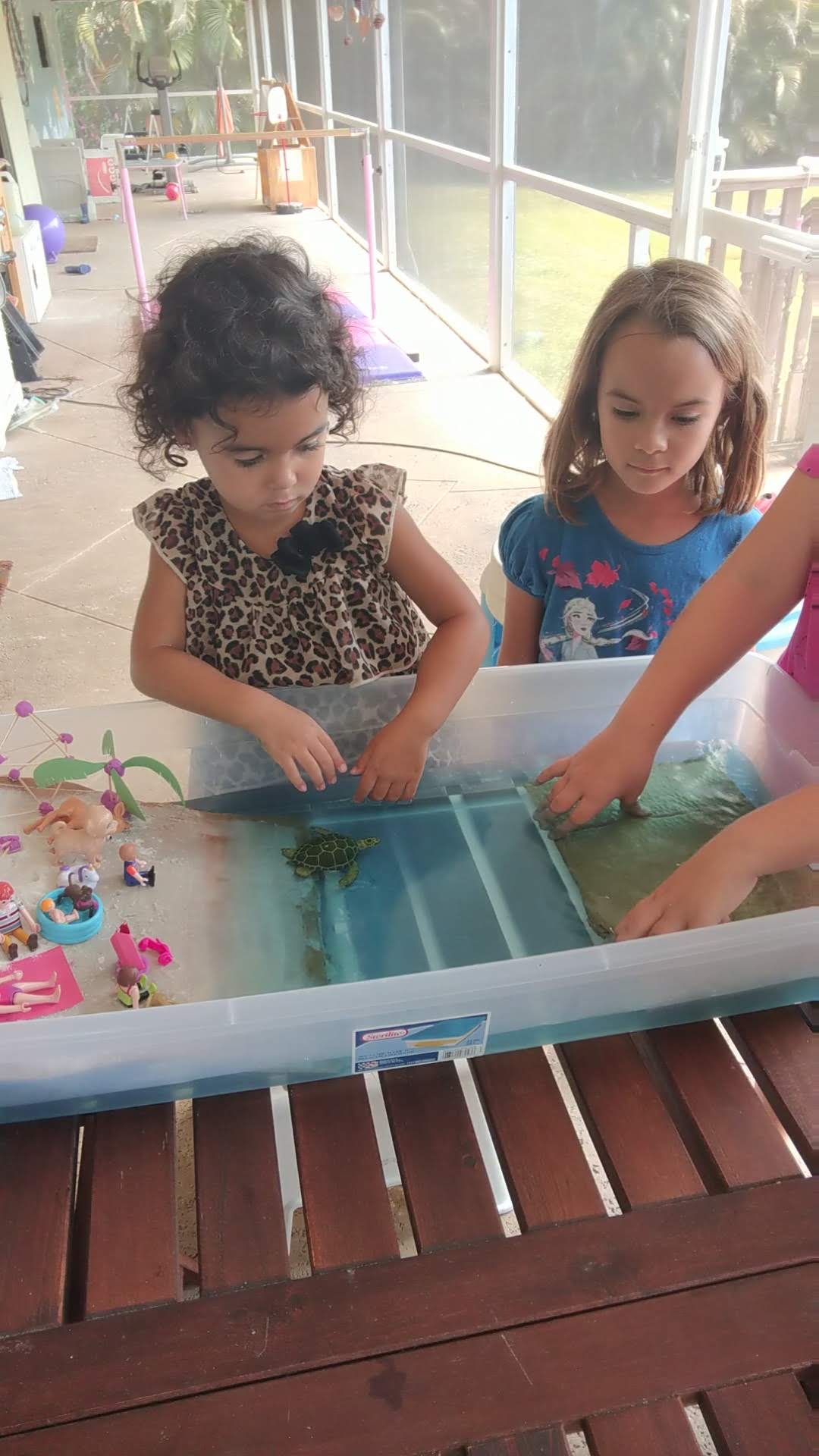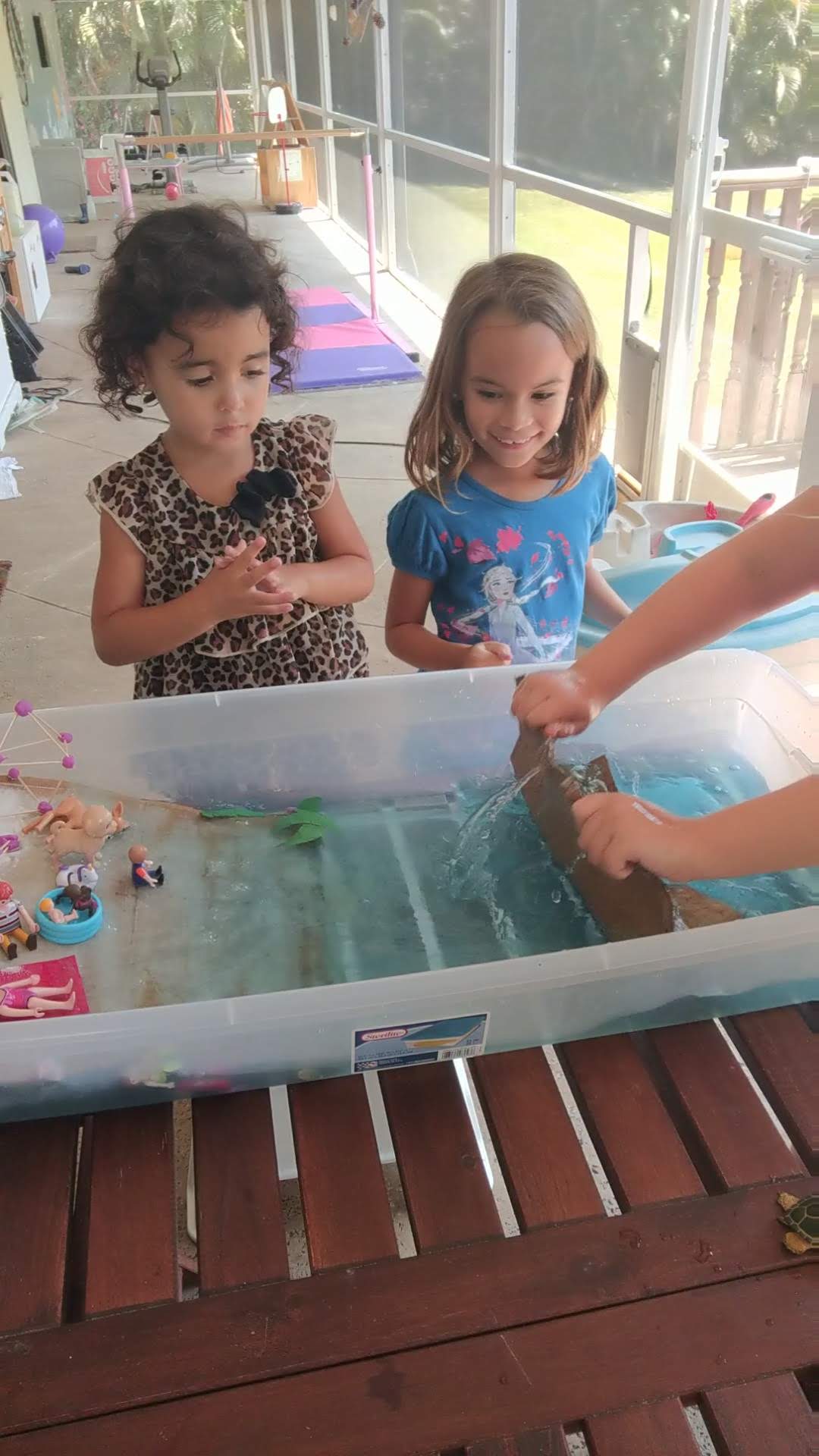We started using The Good and the Beautiful’s Marine biology for the summer. It is free and available on their website. It has proven to be interesting and it has led to me ordering other science subjects we are interested in. Marine Biology seemed perfect for the summer, especially because we are doing lots of water activities with our co-op to survive the heat.
Tsunamis are not part of the marine biology curriculum as marine biology is the study of living organisms in the ocean. We do, however, follow tangents. I won’t give away all the experiments from our curriculum but a preview of two provided were water currents and water density.
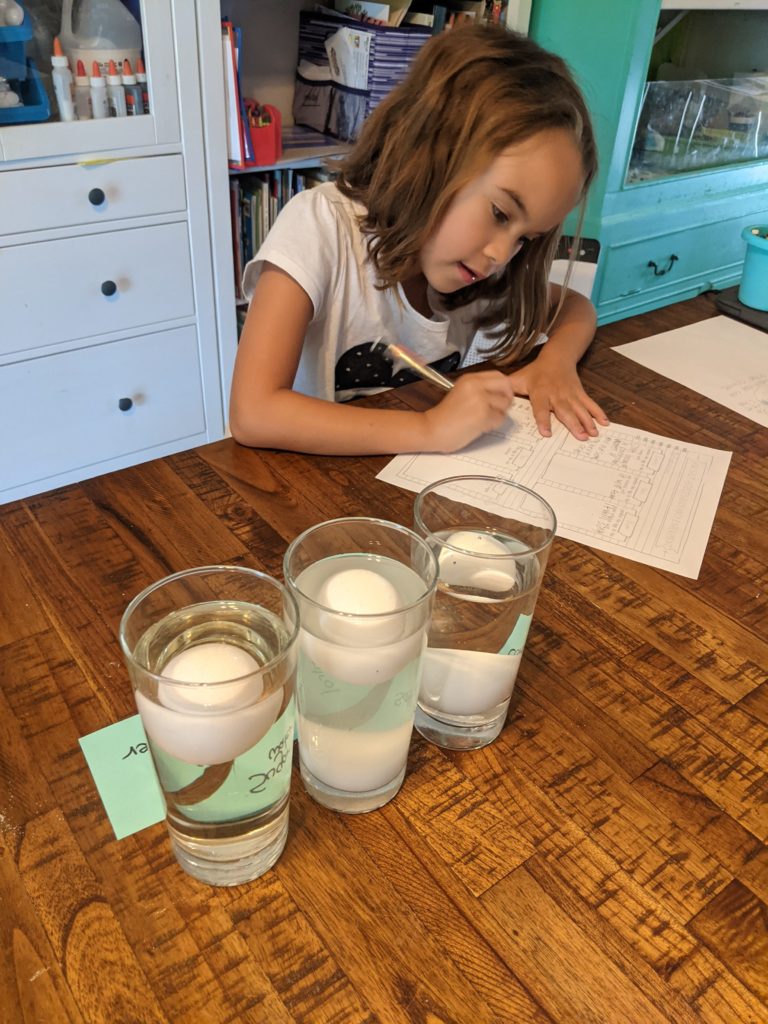
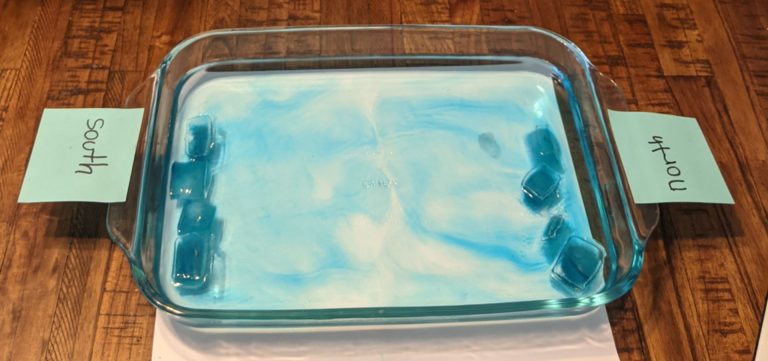
Discussion on these two experiments made the subject of rip currents and tsunamis arise. Tsunamis are not well understood for us as we do not live in a very active area. We get hurricanes and tornadoes. It seemed like the perfect bunny trail to follow and provide a little more real-life experience to it by creating our very own model.
Before we made a model, we like to discuss the topic. Youtube is amazing for this when you don’t have time to pick up books. Our favorite videos are below. We also watched the earthquake one because questions came up on why earthquakes happen in certain places https://www.youtube.com/watch?v=dJpIU1rSOFY
Tangents are great, but sometimes we end up far from the original topic, and knowing when to draw it back to the original task is key. Once we got back on the task of tsunamis, we used a really long flat storage tub for our base. A nice big piece of cardboard was used to create a wedge on one end for the beach. I painted with glue and they sprinkled on the sand. While we let this dry, the girls made structures out of toothpicks and playdoh. They also collected little toys to decorate their beach. They filled the tub with a couple of inches of water and I added some blue food coloring to make it more visible.
Next, it was time to make waves. I used cardboard that was about the width and height of the tub. Lifting it up and down gently will create normal beach waves. We observed and discussed how the beach was affected, if at all. Then it was time to make more tsunami-type waves! Lift that cardboard up and down quickly. Both motions of up and down make much larger waves and should affect the beach greatly in a similar way to tsunamis.
Our model was destroyed, much to the dismay of a very empathetic Isla. It was entertaining for the others, so a discussion of the true aftermath was important after our cool model. I used some real-life photos and a connection to what we see after hurricanes and what is similar and different helped make it more understandable. Stay tuned for more marine tangents that will probably follow this summer

